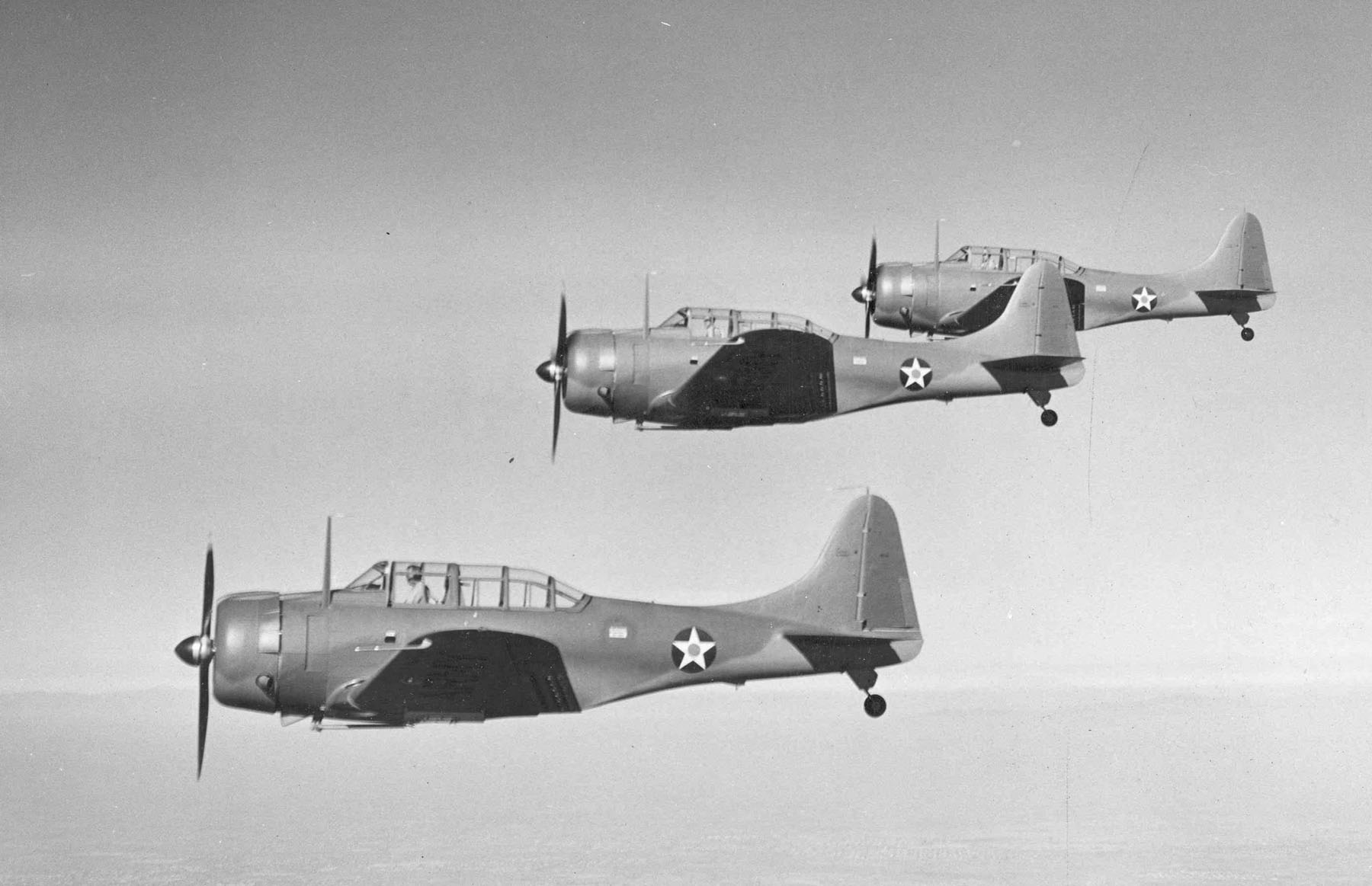

The USMC was using it to support troops on the ground as flying artillery, while their sea-service brethren developed the tactics as a precision antishipping tactic. Navy Begins Procuring Dive-Bombing Aircraftīy the mid-1930s, the Navy and Marines had both seen the virtues of dive-bombing. Further experimentation showed that the reduced horizontal velocity component of the diving aircraft (compared to that of a level bomber) combined with the superior view of the target by the pilot made for truly precise weapons deliveries by skilled pilots.

Sanderson who, in 1919 as a member of Marine Observation Squadron Nine, noted that a diving aircraft pointed at a target made more accurate deliveries, causing the tactical adoption of glide- and dive-bombing by the USMC. Marine Corps (USMC) aviators who wanted to provide close bombing support to riflemen on the ground. Technical dive-bombing was a uniquely American creation, the product of a small cadre of U.S. The result was a specialized kind of weapons delivery known as dive-bombing.

Nobody knows who first came up with the idea of aiming bombs at a target from a diving airplane, but sometime in World War I this became an intuitive way of getting bombs closer to the desired target. There were, however, simpler and more intuitive ways of putting a bomb close to an aim-point from the air. However, without some sort of terminal guidance for the bombs themselves, even the famed Norden bombsight of World War II would do no better than to lay a string of bombs across an area the size of several football fields. Huge sums of money were spent developing specialized bombsights for level bombers, to help lay their loads onto targets with some modicum of accuracy. It is sometimes difficult to remember that before laser-, infrared-, and satellite-guided bombs came into being, delivering ordinance from aircraft was hardly a precision process. Bomber pilots make history!” The men who made that history were the aviators of the Navy and Marine scout and bombing squadrons, and their war horse was the Douglas SDB Dauntless dive-bomber. There was a saying going around at the time: “Fighter pilots make movies. Those battles were won by one small, tubby, and not terribly fast airplane, flown by men whose courage and tenacity are still a source of envy and wonder to historians of the period. The early days of World War II, however, did not see America’s few victories won by huge formations of heavy bombers. Most airpower enthusiasts of the day saw bombing in terms of large formations of huge multi-engined planes, fighting their way past hostile defenses to carpet an objective with bombs, the target being embroiled in the mess. Bomber Pilots Make History!”īut not everyone saw the worth of that idea in the 1930s and 1940s. It’s a simple formula actually: precisely drop enough lead or high explosive onto something, and it will be destroyed.

That victory came about as a result of Allied airmen dropping ordnance onto the most important things the Axis countries owned, turning them into rubble or wreckage. However romantic such a notion may be, World War II was the first in which airpower actually won battles, decided the outcome of campaigns, and ultimately the course of the conflict itself. World War II gave us many stories of aerial warfare, men and their machines fighting their way to victory and glory in the name of humanity.


 0 kommentar(er)
0 kommentar(er)
